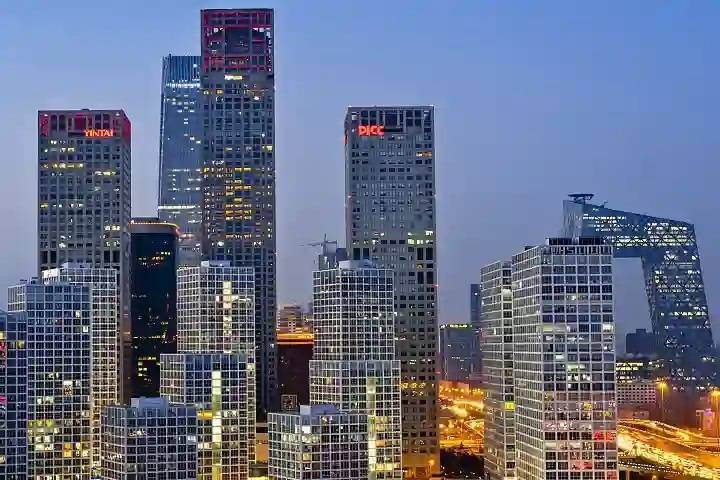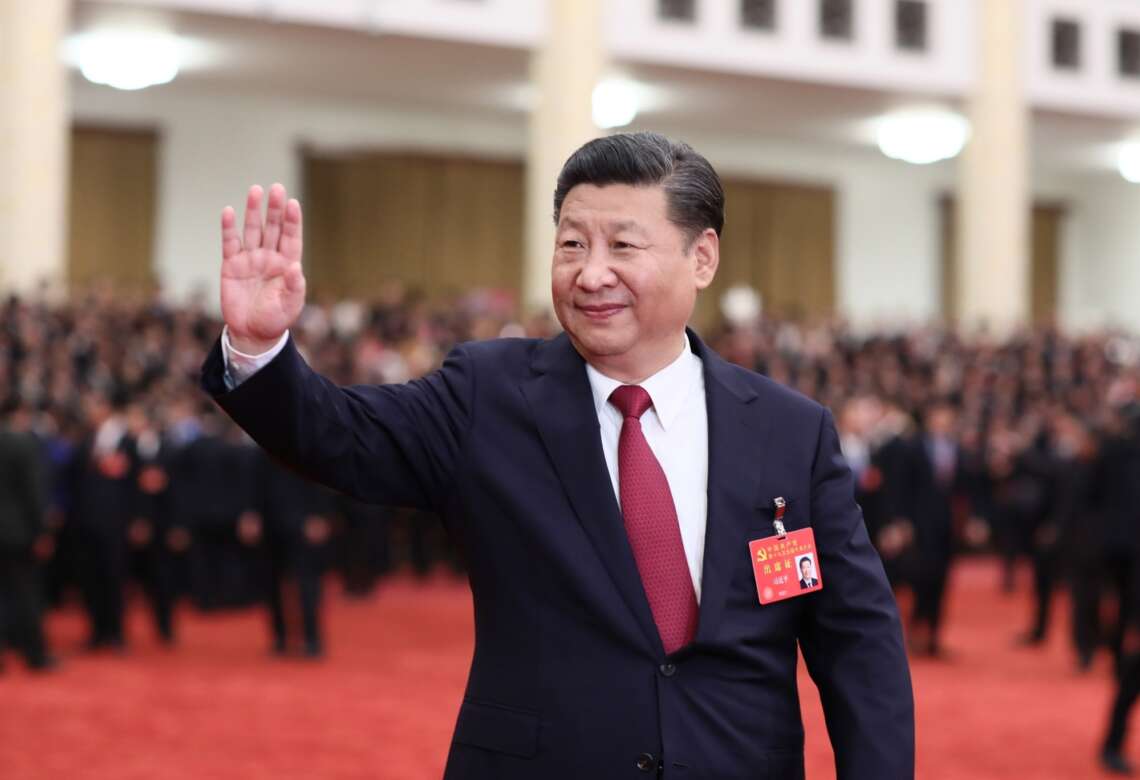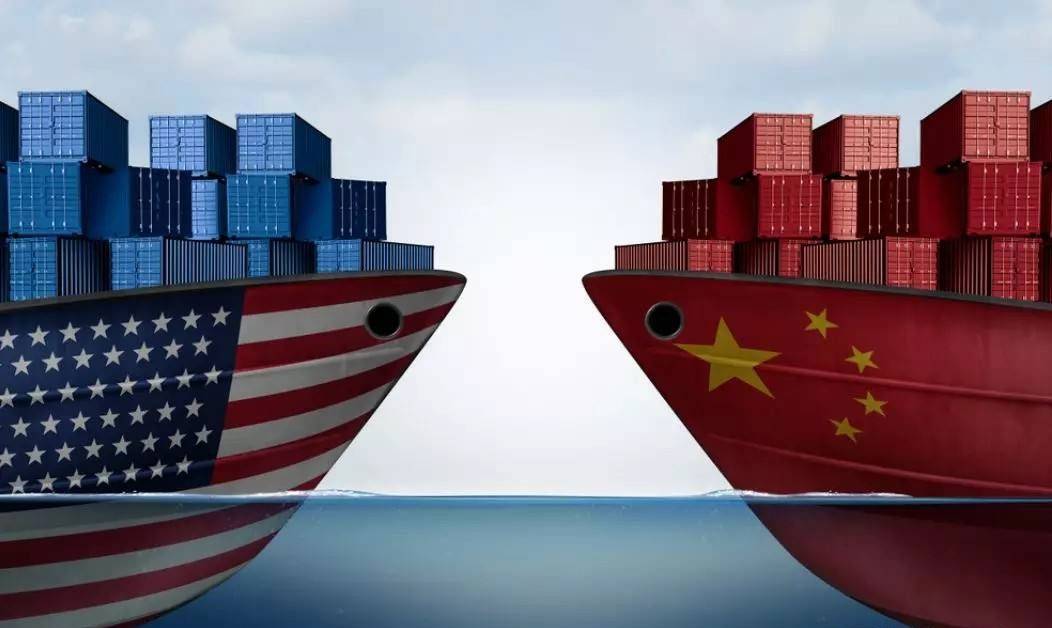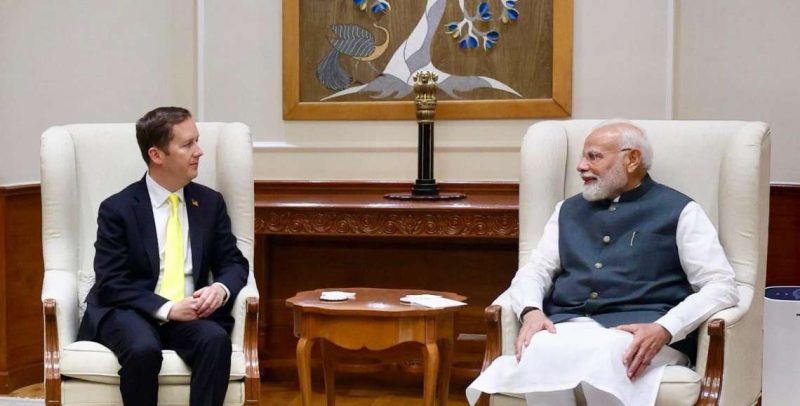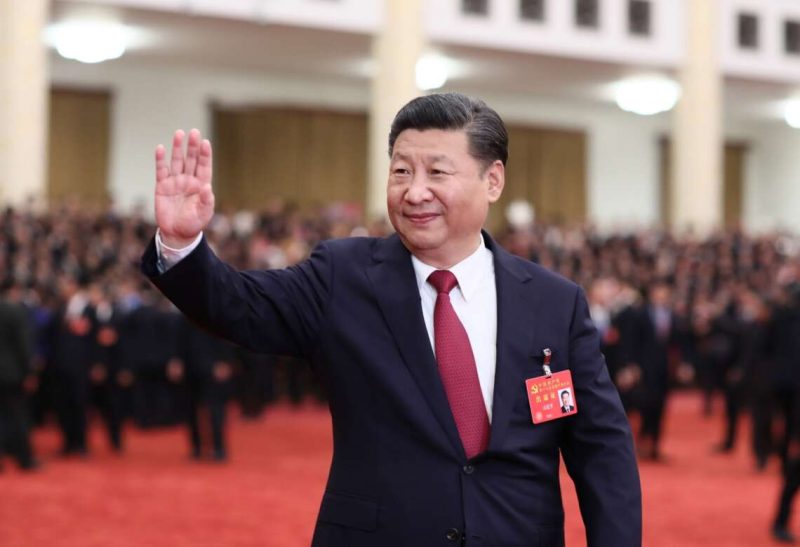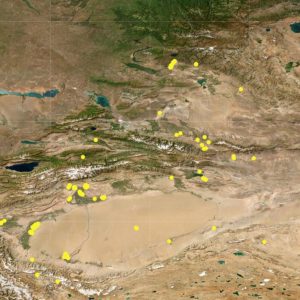The other problem that China is facing today is the sluggish land sales, which accounts for about one third of local government revenues. …reports Mahua Venkatesh
China’s tax revenue is slowing. On one hand the rise in economic uncertainty has impacted businesses, denting business operations and on the other the rolling out of several fiscal measures to support businesses will impact its tax collection. Already during the January-June period this year, tax revenue, according to China.org, stood at about 8.56 trillion yuan, which is 14.8 per cent lower than the corresponding period in the previous year.
China’s tax to GDP ratio in June was 11.3 per cent. Though it was significantly higher than 4.3 per cent in May, the overall economic uncertainty will cause worries for the Chinese policymakers.
The dragon’s tax to GDP ratio — ratio of the total tax revenue in comparison to a country’s GDP, also an important indicator of the economic health –has typically been high. Between 2011 and 2015, it was even more than 20 per cent.

However, in 2020 — the year marred by the Covid 19 pandemic, it unsurprisingly slowed to about 8 per cent.
In 2021, the tax revenue in China rose by 11.9 per cent compared to the previous year.
The other problem that China is facing today is the sluggish land sales, which accounts for about one third of local government revenues. In June it fell by 65 per cent year-on-year. The Official Monetary and Financial Institutions Forum (OMFIF) noted that a quarter of local tax revenues for China comes from taxes on property sales.
“This was one of the main reasons for a 18 per cent fall in local government spending in the first five months of 2022,” Bert Hofman, Director, East Asian Institute and Professor, Lee Kuan Yew School at the National University Singapore wrote in a report published by OMFIF.
Hit by stringent Covid-19 induced lockdowns, the country’s gross domestic product expanded by a meagre 0.4 per cent after registering a 4.8 per cent growth rate in the January to March quarter this year. This was the worst reading in two years.
To add to the problem, China’s manufacturing output measured in terms of purchasing managers’ index (PMI) unexpectedly dropped to 49 in July from 50.2 in June, data released by National Bureau of Statistics (NBS) showed. Analysts were expecting the reading to rise to 50.4.
Any reading above 50 is considered as growth while a sub 50 score indicates contraction.
(The content is being carried under an arrangement with indianarrative.com)


